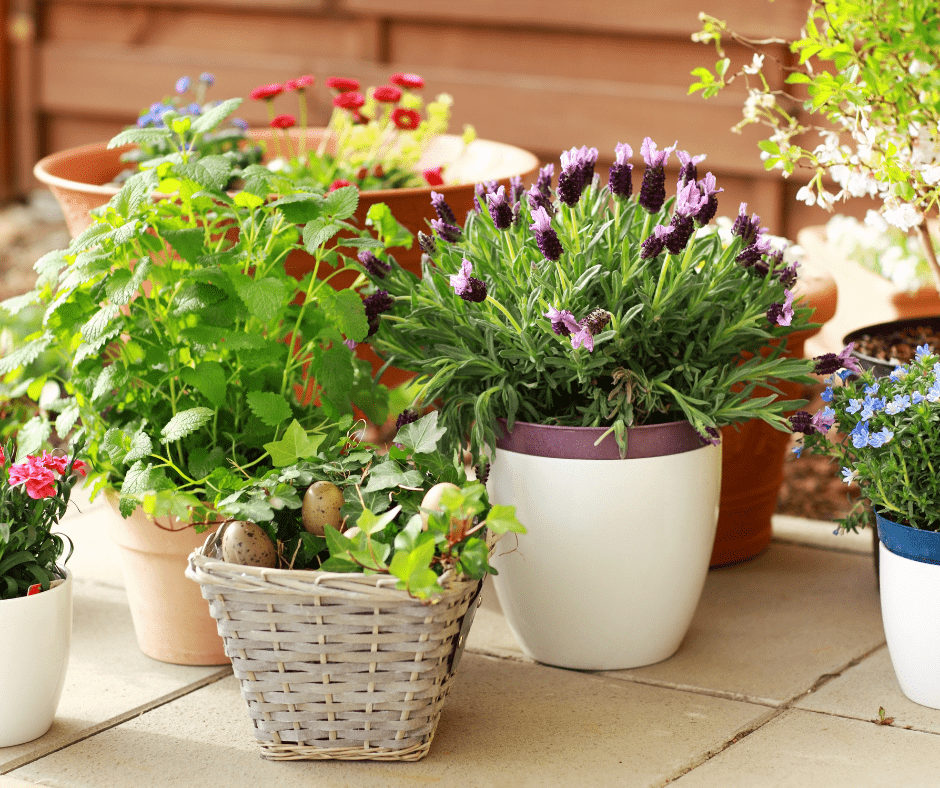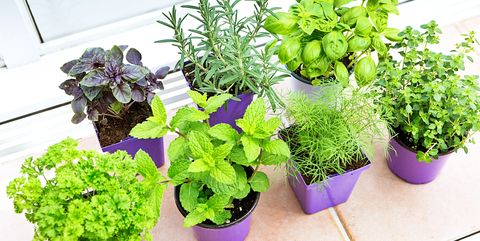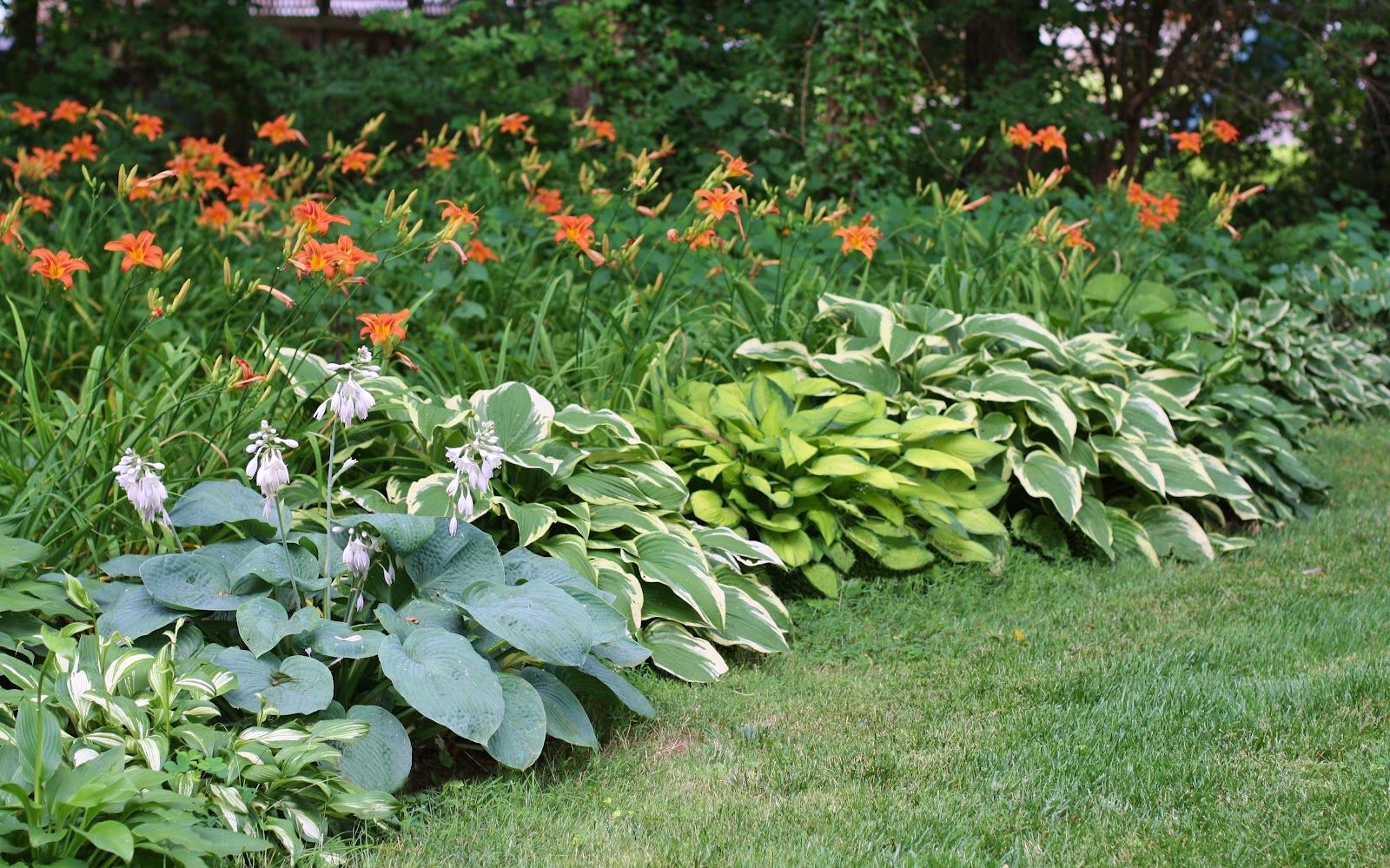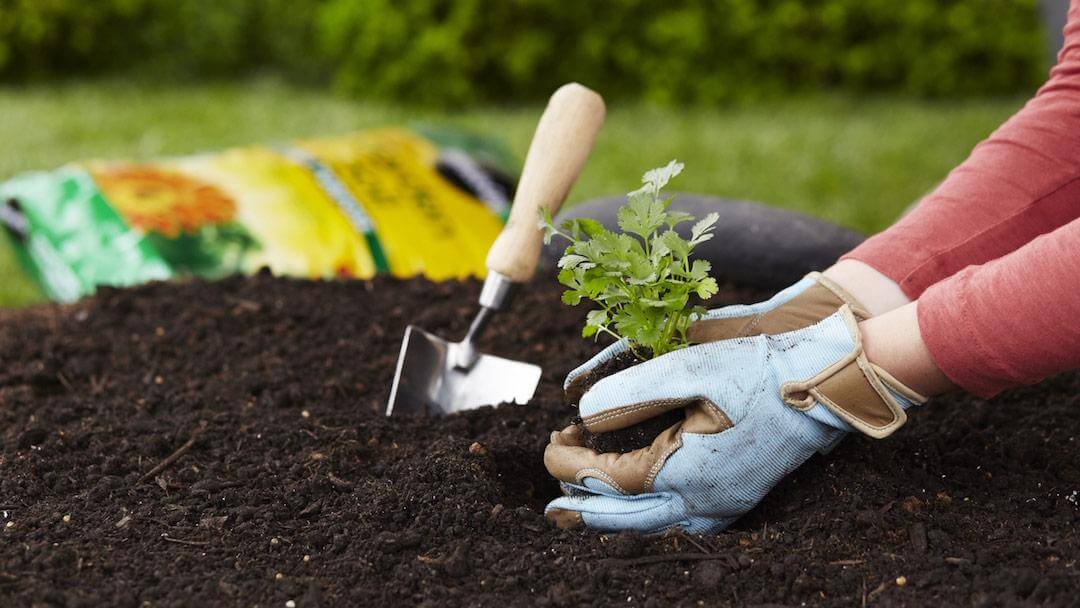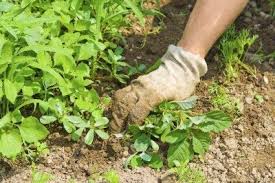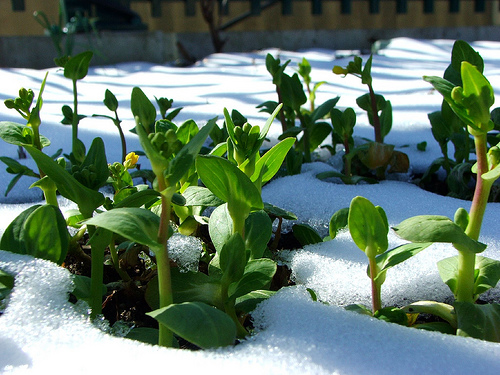Gardening with Fewer Chemicals

When it comes to gardening, going organic can be difficult, especially when there are so many manufactured products to keep weeds and insects at bay. It’s not uncommon knowledge that the fewer chemicals we use in our lawns and gardens, the better it is for everyone. Follow these tried-and-true tips to get you started on a more natural approach to a healthy garden.
-
- Make sure your garden soil is enriched with natural compost, and one way to do that is with grass clippings! According to Mother Earth News, a mulch of 1”-2” of cut grass can feed your garden for the season.
-
- Another way to get free compost is saving vegetable scraps from your kitchen. When you’re prepping for dinner, keep the parts you would normally throw away in a small bucket or jar with a lid nearby, and throw it in your compost pile or worm bed.
-
- Speaking of earthworms: vermicomposting is one very beneficial thing you can do to improve your soil. Learn how to have your own worm beds from gardeningknowhow.com. Kids love this project!
-
- The little tags in the cell packs of plants aren’t there for nothing. They have important and necessary planting information on them. Put your plants in the right place, in the right amount of sun, and it will reward you with good growth.
-
- When and how you water your garden plays an important part in keeping diseases and pests at bay. A morning shower with a water hose can rid your plants of nasty aphids. - Watering your plants in the evenings can cause fungi and mildew to grow, and neither is easy to get rid of once they set in.
-
- Learn the difference between detrimental and beneficial insects. We don’t want to be bitten, but many stinging insects are taking care of the bad ones that are eating up our vegetables.
-
- Row covers are a great and chemical-free way to keep not only insects away, but veggie-loving birds as well. As long as they cover your plants completely as they grow, they will provide a barrier between your plants and the bad guys.
-
- If your plants are being taken over by soft-bodied insects like aphids and whiteflies, make your own insecticidal soap--it’s easy with these instructions from Horticulture magazine.
Whether you’re interested in going completely organic in your gardening, or just trying to cut back on man-made chemical use, it takes knowledge and a little extra work. Growing a Greener World is an excellent television source for all things natural, and there are many books and magazines on the subject. Look for sources that have been certified as an organic entity or is written or produced by someone who has been gardening the natural way and has lots of experience. Reap the rewards of not only a great vegetable harvest, but the rewards of keeping chemicals out of the ground, and our water sources.
Courtesy of New Castle County DE Realtor Tucker Robbins.

